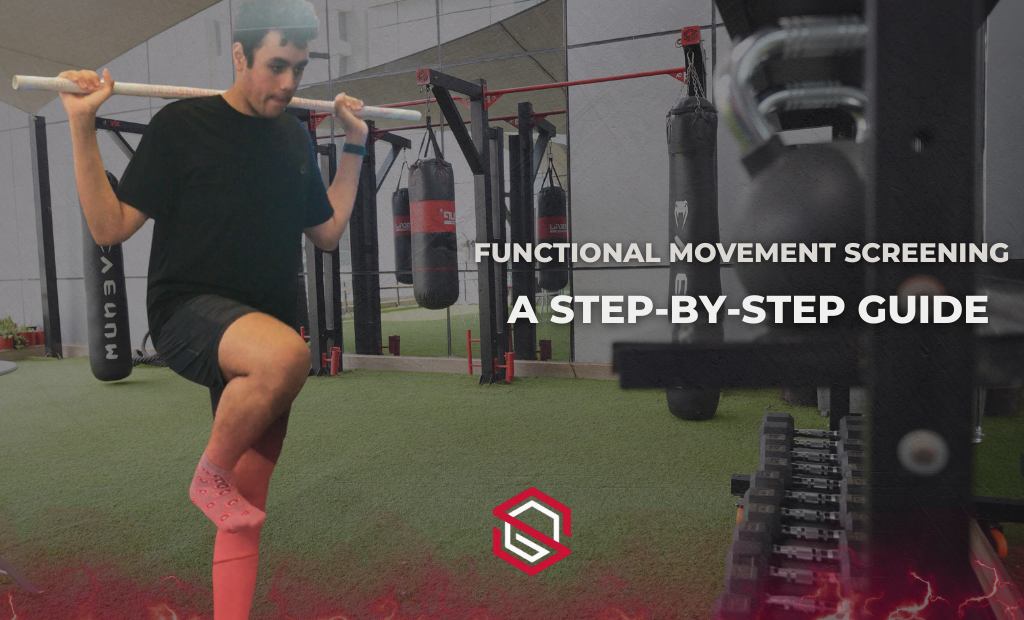Running Pace Guide | Track & Improve Your Speed with TSG Fitness
Whether you’re a beginner lacing up your shoes for the first time or a seasoned runner chasing a personal record, one thing’s for sure — understanding and improving your running pace is the key to running smarter, stronger, and faster. Running isn’t just about pounding the pavement; it’s about knowing your body, tracking your effort, and applying strategies to optimize your performance.
At TSG Fitness, we believe that mastering your running pace is a game-changer. This detailed guide will help you understand what running pace is, how to track it effectively, why it matters, and most importantly, how to improve it — all with practical tips and expert insights designed to take your running game to the next level.
What Is Running Pace and Why Does It Matter?
Running pace refers to the amount of time it takes you to cover a specific distance, usually measured in minutes per kilometer or per mile. For example, if you run 5 kilometers in 30 minutes, your pace is 6 minutes per kilometer.
Why should you care? Because pace is more than just a number — it reflects your endurance, fitness level, and training effectiveness. Tracking your pace helps you:
- Measure progress over time
- Plan workouts with specific intensity levels
- Avoid burnout by managing effort wisely
- Set realistic goals for races and personal challenges
At TSG Fitness, we use pace metrics to tailor personalized training plans, ensuring every run has a purpose and brings you closer to your goals.
How to Track Your Running Pace Accurately
Gone are the days of guessing how fast you’re moving. With today’s technology, you can track your running pace accurately and effortlessly.
Use a GPS Watch or Fitness Tracker
Devices like Garmin, Polar, or Apple Watch display real-time pace, average pace, and split times, helping you adjust effort on the go.
Leverage Running Apps
Apps like Strava, Nike Run Club, or Runkeeper sync with your smartphone’s GPS, providing detailed post-run pace analysis and progress tracking.
Manual Tracking (Old-School but Effective)
If you’re tech-free, simply time your run using a stopwatch and divide total time by distance covered. It’s less precise but still useful for baseline tracking.
TSG Fitness integrates pace data into personal coaching, using insights to fine-tune your workouts and improve performance.
Benefits of Improving Your Running Pace
Improving your running pace isn’t just about bragging rights — it delivers real fitness gains.
Boost Cardiovascular Endurance
Faster paces require stronger heart and lung function, enhancing your overall cardiovascular fitness.
Increase Calorie Burn
Running at higher intensities burns more calories, supporting fat loss and body composition goals.
Enhance Mental Toughness
Pushing your pace trains your mind to handle discomfort and stay focused, translating to greater resilience.
Improve Race Performance
Whether you’re eyeing a 5K, 10K, or marathon, a better pace directly translates to faster finish times.
Proven Strategies to Improve Your Running Pace
Interval Training
Alternate between fast-paced bursts and recovery jogs. This trains your body to handle higher speeds and recover quickly.
Tempo Runs
Sustain a “comfortably hard” pace for a set distance or time. Tempo runs improve lactate threshold, allowing you to maintain faster speeds longer.
Long Runs
Slow, steady long runs build endurance and teach your body to utilize energy efficiently over distance.
Strength Training
Stronger muscles mean better running mechanics and injury prevention. Focus on exercises like squats, lunges, and core work.
Work with a Coach
TSG Fitness offers expert coaching to design custom training plans, track progress, and adjust strategies for continuous improvement.
Avoiding Common Mistakes When Chasing Pace
Starting Too Fast
Many runners make the mistake of sprinting at the start, only to fizzle out mid-run. Practice even pacing or negative splits for better results.
Skipping Recovery
Pace improvements come from smart training and rest days. Overtraining leads to burnout and injury.
Ignoring Form
Poor running mechanics waste energy and increase injury risk. Focus on efficient stride, posture, and cadence.
Neglecting Warm-Ups
Cold muscles are stiff and inefficient. Always warm up before running to prime your body for optimal performance.
FAQs About Running Pace
- What’s a good running pace for beginners?
A beginner-friendly pace is typically 7–8 minutes per kilometer (11–13 minutes per mile), but focus on comfort and consistency over speed. - How often should I do speed work to improve pace?
Incorporate 1–2 speed sessions per week (intervals or tempo runs) to build speed without overtaxing your body. - Can I improve pace without running every day?
Yes! Consistency matters more than daily mileage. Focus on 3–5 purposeful runs per week, mixing in cross-training and strength work. - How long does it take to improve running pace?
With consistent effort, most runners see noticeable improvements in 4–6 weeks, though progress varies individually. - Should I prioritize distance or pace?
Both matter! Build a solid endurance base with long runs, then gradually add pace-focused workouts for balanced progress.
Final Takeaway
Mastering your running pace is one of the most rewarding things you can do as a runner. It’s not just about chasing numbers — it’s about understanding your body, training smart, and unlocking your full potential. At TSG Fitness, we help runners at every level improve pace, boost performance, and enjoy the journey through expert coaching, personalized programs, and cutting-edge tools.
Ready to level up your running? Chat with TSG Fitness on WhatsApp now, and let’s build your perfect pace strategy


